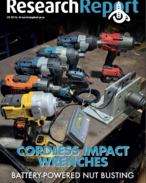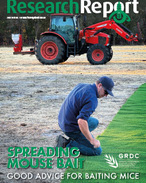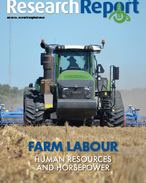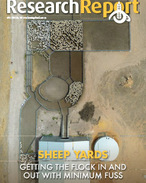The ERF is administered by the Clean Energy Regulator (CER) - CER also administered the CFI. The CER approves participation in the ERF by individuals and entities, approves ERF projects, and educates participants on how to comply with the ERF rules. Through the Australian National Registry of Emissions Units, the CER issues ACCUs and manages the holding, transfer, retirement, relinquishment and cancellation of ACCUs.
The CER is also responsible for developing new ERF methods, which lay out the rules for emissions reduction or carbon storage projects under the ERF in the form of legislative instruments.
The Minister for Energy and Emissions Reduction, supported by the Department of Industry, Science, Energy and Resources sets the priorities for the development of new ERF methods.
The Department of Industry, Science, Energy and Resources is responsible for developing the policy, legislation and supporting regulations for the ERF, including advising the Minister on making the technical rules. The department also provides secretariat support to the independent Emissions Reduction Assurance Committee (previously known as the Domestic Offsets Integrity Committee), which assesses methodologies for use under the ERF and those previously under the CFI.
The Department of Water, Environment and Agriculture provides information to farmers, land managers and agricultural advisers about carbon farming and the benefits of creating land-based ACCUs by participating in the ERF. The department contributes to the development of ERF policy and the rules (methodologies) for ERF projects.
Previously, the Department of Agriculture was responsible for funding research and on-farm trials through the Filling the Research Gap and Action on the Ground programs, to help underpin the ERF. For Filling the Research Gap, 88 projects worth $74 million were funded, while for Action on the Ground 89 multi-year grants worth up to $44.29 million received funding.
Explore the full Workshop Manual: The business case for carbon farming: improving your farm’s sustainability (January 2021)
Read the report
RESEARCH REPORTS
1. Introduction: background to the business case
This chapter lays out the basic background and groundwork of the manual
RESEARCH REPORTS
1.2 Being clear about the reasons for participating
Introduction: background to the business case
RESEARCH REPORTS
1.4 Working through the business case for carbon farming
Introduction: background to the business case
RESEARCH REPORTS
1.5 Factors determining project economics
Introduction: background to the business case
RESEARCH REPORTS
1.8 Important features of the business case
Introduction: background to the business case
RESEARCH REPORTS
2. How carbon is farmed under the ERF
This chapter considers in detail the activities that constitute carbon farming
RESEARCH REPORTS
2.5 Carbon farming under the Emissions Reduction Fund
How carbon is farmed under the ERF
RESEARCH REPORTS
3. The policy context and the price of ACCUs
This chapter takes a broad look at the policy context for carbon farming























